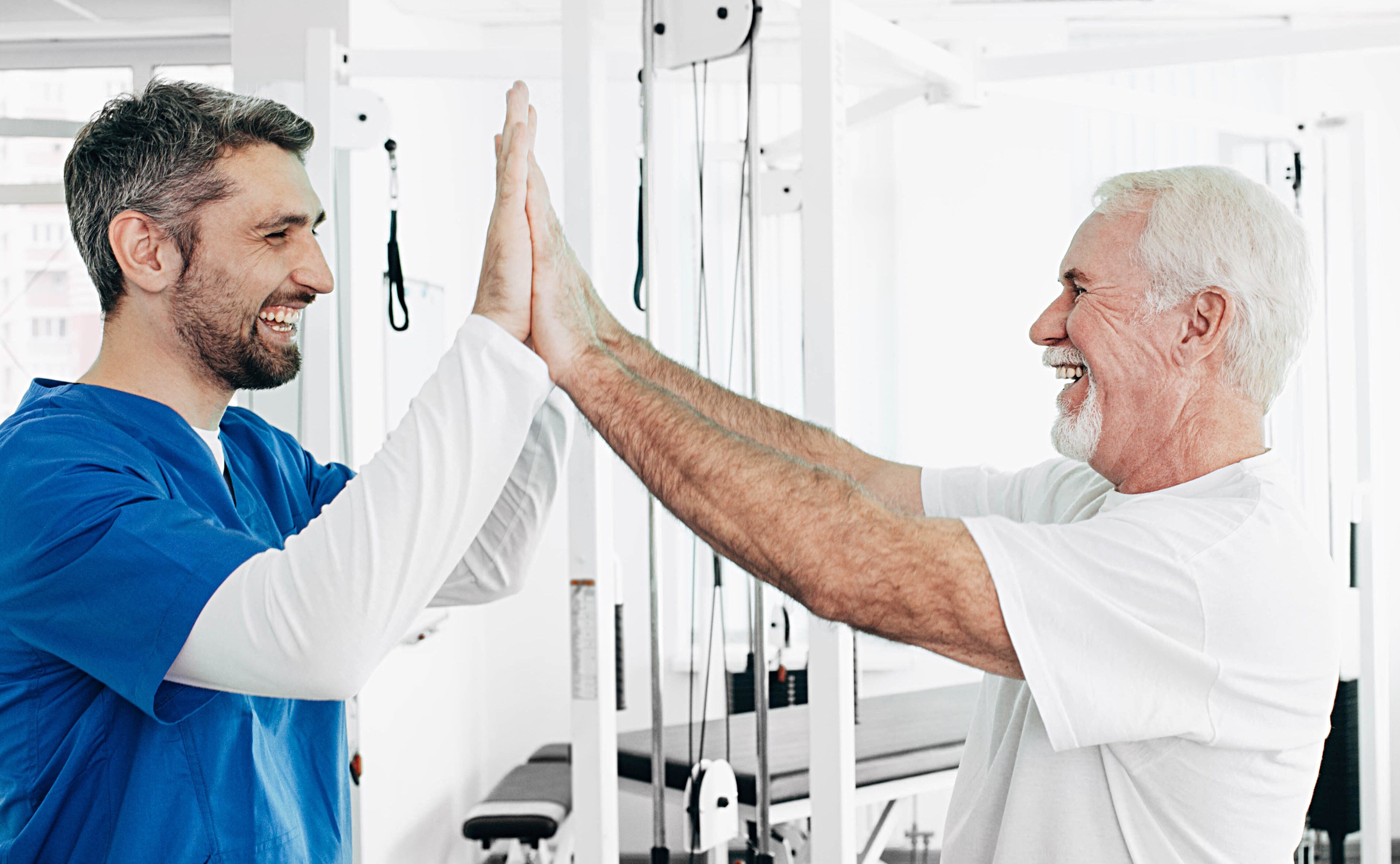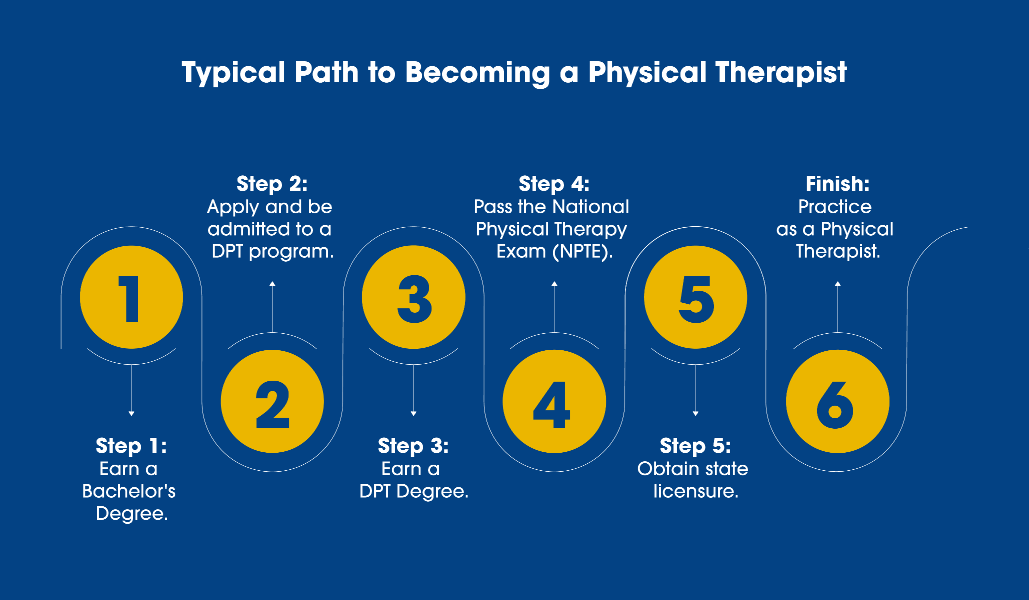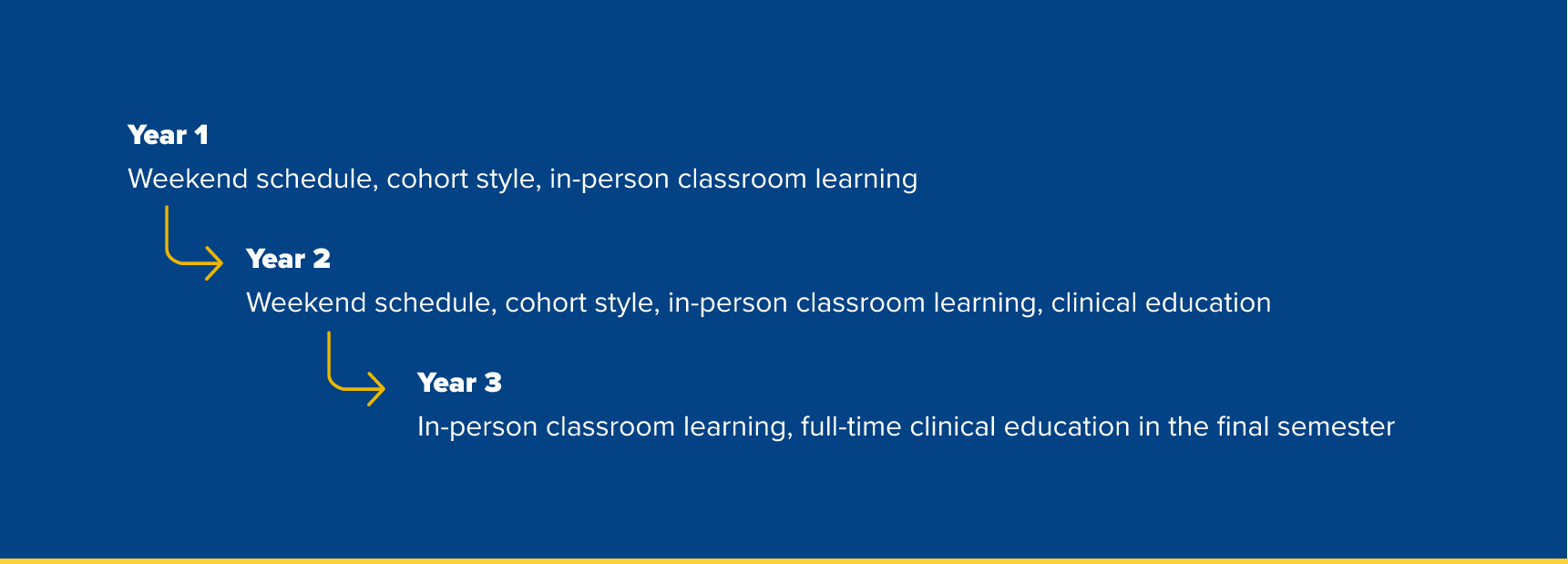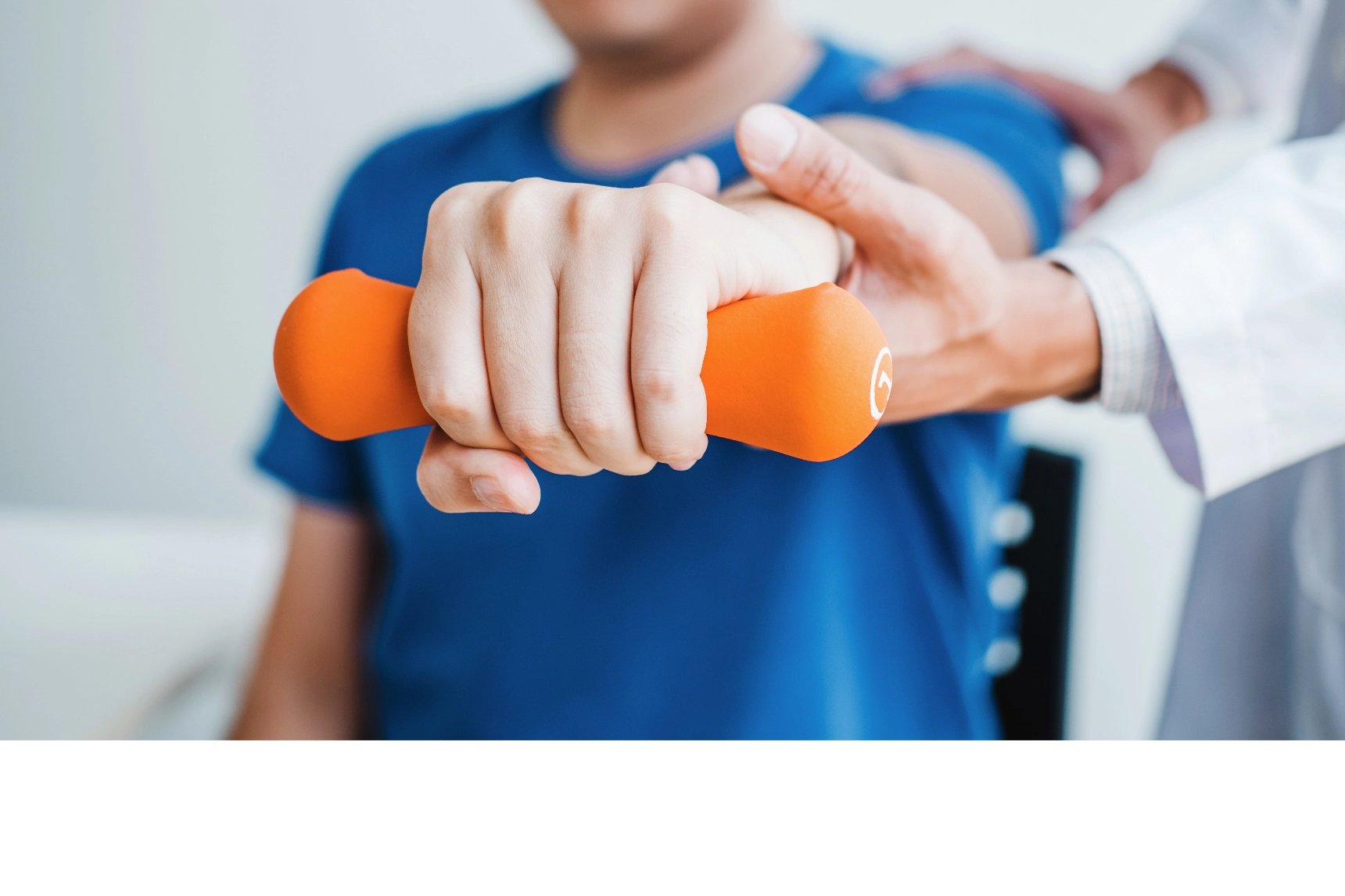Why do you want to be a physical therapist?
Like many other DPT students, I was injured in college, and I had to attend PT myself and fell in love with it. I was amazed at how my PT could get me walking 3 weeks after starting rehab on my ankle. I also had worked at Magee Rehab as an intern. I was able to shadow PTs working with patients with spinal cord injuries (SCI). I was amazed at the work they were able to do with these patients.
This was all during my undergrad years, after which I took some time off from school, and explored other jobs—even a teaching career—but I ended up leaving that program and pursuing PT again. I began working as an aide for a few months and I knew then that physical therapy was the career for me.
Being a physical therapist will provide the life I want; including being secure in my finances, traveling, owning a dog, and maybe having children someday. I have seen my professors and other PTs be able to have a full life in this career. Being a DPT will allow me to have a great life-work balance while being in a career in which I am helping people live their best life while I live my best life.
What are the highlights of Neumann’s DPT program?
The cadaver lab in the first semester in Gross Anatomy was essential to my learning of the muscles and anatomy in general. It is integral and the foundation of everything that comes after that course in the program. We even took a few field trips to Jefferson Moss Magee Rehab to work with patients and equipment used for SCI, as well as a Skilled Nursing Facility to work with geriatric patients.
The most exciting element has been getting the opportunity to work with actual patients, not just as volunteers during lab, but also during our clinical education experiences. There is so much more to learn than what is taught in the classroom that it requires hands-on experience and practice to learn. The classroom is the foundation, but you get to build on that in clinical education and learn what works for you as a clinician.
My clinical instructor is extremely knowledgeable, great at teaching, has so much integrity, and is great with his patients. He instilled in me so many great qualities of a clinician. I was able to shadow in many different departments, including surgery, NICU, Wound Care, Pelvic Health, and Occupational and Speech Therapy. I had a very well-rounded experience in acute patient care, with unique joint replacement and cancer recovery programs at Mercy. I wouldn't trade this experience for anything
Ultimately, why did you choose to attend Neumann?
In my journey toward DPT school, I was a little late on applying the particular year I did, but Neumann had a later deadline, so I was able to apply. I really liked Neumann, and if I did not get in that year, I would apply again to Neumann the following year and other schools to improve my chances. But a week after applying, I got an interview and was admitted.
I liked Neumann for the weekend DPT program since I had been working at the time and have worked throughout most of the program. It is nice to be able to have class two days a week and then have the rest of the week to study, work, and maintain other life responsibilities. I do not think I would have liked going to a 5 days/week program after having been in Neumann's weekend DPT program.
 CHALLENGE
CHALLENGE